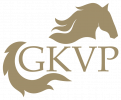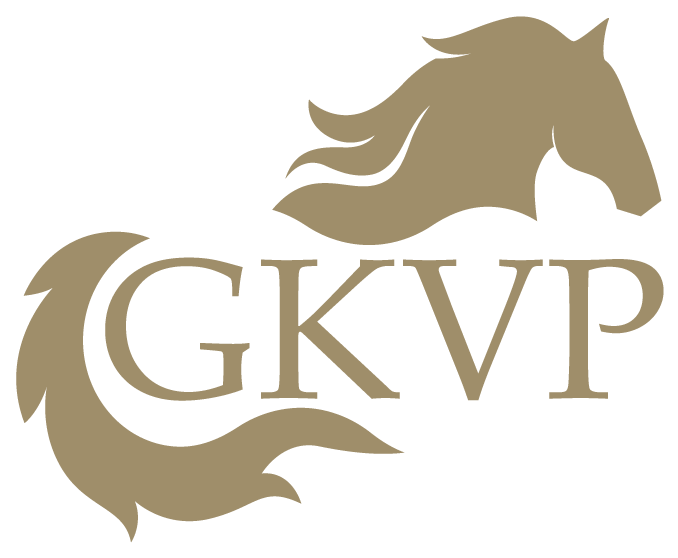EARLY TREATMENT IS VITAL FOR TISSUE REPAIR

Early treatment of superficial and deep digital tendon injuries is vital for the best quality repair of the tissue. Over years of experience , I have found sometimes early referral for physiotherapy, can be denied due to the thought that all physiotherapy could provide was hands on manipulation and evasive treatments.
Physiotherapy techniques are so much more. Class 4 and 3B lasers, longwave ultrasound, pulsed magnetic fields and power plate treatments can seriously improve the quality of the healing tissue.
The aim is to reduce adhesions in the tendon tissue and therefore reduce the probability of reoccurrence of the injury.
Physiotherapy does not speed up the healing process, but what it does do is stimulate tissue repair and reduce the negative inhibitory factors of tendon repair.
The different techniques used in combination along with a controlled walk program, drastically improve the tissue repair and more successfully return horses to their former career.
These pictures are of an old tendon injury that had been given maximum veterinary attention: stem cell treatment, rest, but sadly minimum walk exercise as the horse was difficult to walk out in hand, due to being event fit at the time of injury. The horse was referred to my rehabilitation yard, 6 months post injury.


After just 4 weeks you can see the visual difference in the external scar tissue ( second and third photographs). A scan revealed that tissue repair had improved drastically but sadly some adhesions were present as physiotherapy had been started too late.
To prevent adhesions ( which show up on an ultrasound scan as bright white lines) treatment needs to start as soon as possible. I like to treat immediately, helping the inflammatory phase pass and get onto the tissue repair phase. Treating with the appropriate equipment according to the level of injury and tissue damage, is vital at getting the ultimate quality repair.
A controlled walk program is also vital in the treatment program. At my rehabilitation yard, we have a quiet calm environment with a contained yard for hand walking.
I personally don’t put horses on a walker until they are up to 20 mins walk exercise twice a day. However, personal safety must always be paramount when rehabilitating horses. It is vital that tendon injuries are walked, so that the tendon fibres are moved/allowed to slide – thus reducing adhesions.
The power plate has been a huge success in assisting the other treatments and aiding the whole horse core strength during box rest.



